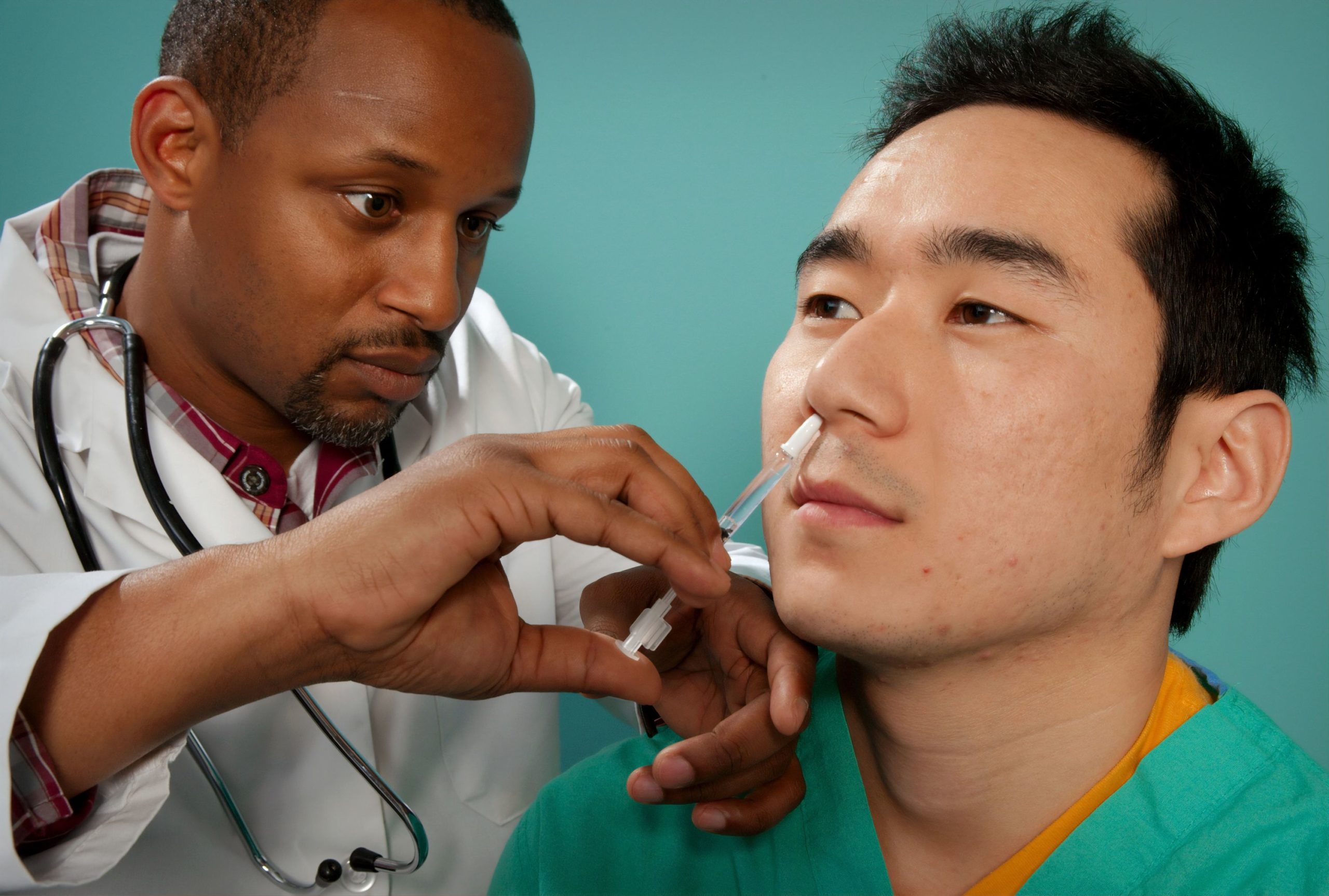Uses of beets (Beta vulgaris) and molasses (Saccharum officinarum)
June 12, 2022

Physical activity and exercise have the potential to positively affect several areas of physical and psychosocial well-being in stroke patients. As a result, stroke survivors are often debilitated and tend to live sedentary lives, negatively impacting performance in activities of daily living, and increasing the risk of falls, which may contribute to an increased risk of recurrent stroke and other cardiovascular diseases.
Most of the research has focused on ischemic stroke, transient ischemic attack (TIA), ischemic stroke, or hemorrhagic stroke. cerebral blood. These 3 types increase the risk of future vascular events; however, this risk is even higher in patients with concomitant cerebrovascular disease and cardiovascular disease. Although stroke patients vary in their levels of physical activity, hospital and community-based studies have consistently found low activity levels. On a population basis, the physical activity of stroke survivors living in the community is lower than that of older adults with other chronic musculoskeletal or cardiovascular diseases.
One of the main consequences of these impairments, limitations in activity and participation is a chronic sedentary lifestyle.
What is particularly disturbing is that many of these stroke survivors can engage in higher levels of physical activity, but do not choose.
Possible reasons why people with stroke limit exercise participation include a lack of (1) perception that exercise is possible or desirable, and (2) access to exercise support resources. and (3) structured exercise sessions where exercises can be demonstrated by a rehabilitation professional or exercise facilitator. These sedentary behaviours lead to further deterioration in cardiovascular health, which in turn has a deleterious impact on functional ability after a stroke.
Conclusion
Lean mass and muscle quality (extracellular/intracellular water ratio and phase angle) decreased two weeks after stroke. Physical activity and nutrient intake were lower in patients with reduced muscle quality, suggesting the importance of exercise and nutrition during the acute phase.